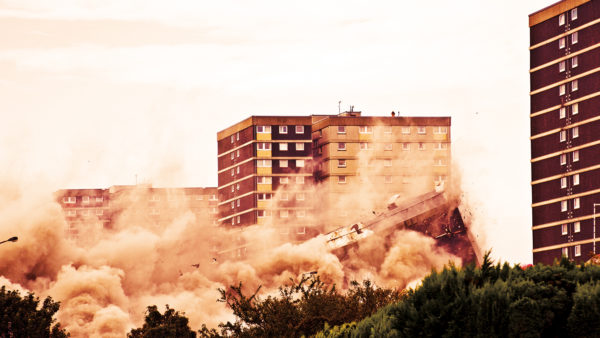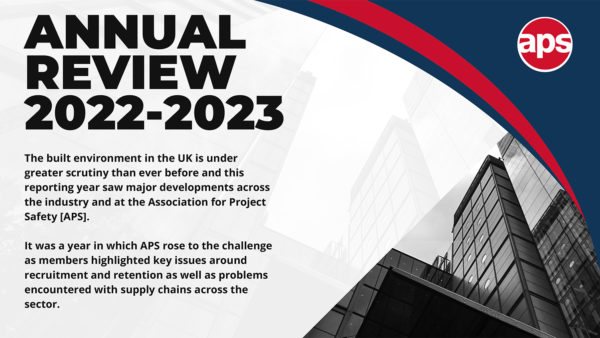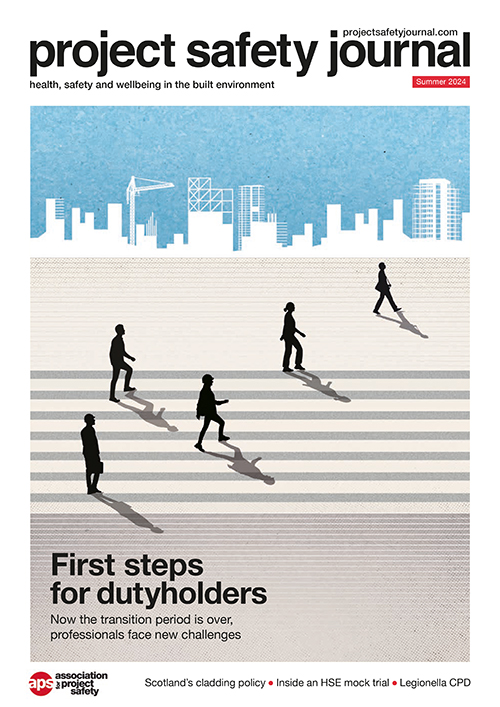
2022 was a monumental year for building safety legislation – but 2023 is where the true test begins, says Sam Mepham.
Last year saw the industry starting to get to grips with the Building Safety Act, which came into force in April, alongside other changes such as the extension to liability in the Defective Premises Act (June 2022).
In 2023 we’ll see the launch of the Building Safety Act’s secondary legislation – and for many the practical delivery of projects and management of occupied buildings will change.
Here we consider what the top priorities for building safety will be.
Competence
It is strange to think that in 2015 the construction industry decided defining competence was too bureaucratic. Sadly, Grenfell has taught us that this is a key area that needs improving.
BSI Flex 8670, which provides core criteria for building safety in competence frameworks, is currently in the process of being translated into a British Standard. Expected in early 2024, it means as an industry we have another opportunity to review and comment on the proposals.
Many of us are confused by the decision to differentiate between the role of the CDM principal designer/contractor and building safety/regulations principal designer/contractor. Uncertainties may arise with other identified roles, as well as preparation needed to identify potential gaps in our knowledge and skill sets of those they appoint.
Information management and the golden thread
Building safety can no longer sit low down the project priority list. Although we have come a long way in terms of understanding the importance of building safety, we need a cultural change to implement it properly.
Effective information management throughout the whole life cycle is necessary with digital systems needed together with the competent resource to facilitate the management of information from conception and throughout occupation. This is something the RLB Digital team is already seeing becoming more and more important for clients in both public and private sectors.
Gateways
Gateways are an urgent priority for those involved in construction projects, both in pre-construction and delivery stage. While the principle of gateways is not new, the introduction of Planning Gateway 1 in August 2021 demonstrates the high standard of information expected from the Building Safety Regulator. The industry needs to reflect on whether it is ready – or rather organised enough – to meet the requirements of Gateways 2 and 3.
Registration of existing buildings
In April 2023, registration of the 12,500 existing higher-risk buildings will open. Six months later that window will close and those with buildings within scope (seven storeys or 18m, with two or more residential dwellings) will face penalties if they have not registered within this time.
Completion of registration is not anticipated to be onerous but is dependent on the level of information held, its accessibility and its reliability. For those deemed the principal accountable person in 2023 (and for shared occupation this in itself creates a debate), now is the time to get knowledgeable about the buildings/estates you manage. New-build higher-risk buildings will also need to register as standard before occupation.
Certification of existing buildings
Linked closely with registration is the building safety certificate. The government predicts a five-year programme to certify all existing buildings based on prioritisation criteria still to be confirmed. Again new builds will have to be certified before occupation. It is at this stage I believe we’ll see the biggest impact as many organisations simply do not have the information necessary for the building to be certified.
The building safety case and report is built on the back of an array of information – from existing health and safety files, operation and maintenance manuals, fire strategies, risk assessments, statutory compliance records etc. For years these may have been neglected or poorly managed.
Organisations have often lacked a suitable management system that oversees the application and maintenance of this information, ensuring it is current and available – something that will be necessary as and when the Building Safety Regulator requests.
Sam Mepham is partner and national head of health and safety services at RLB












